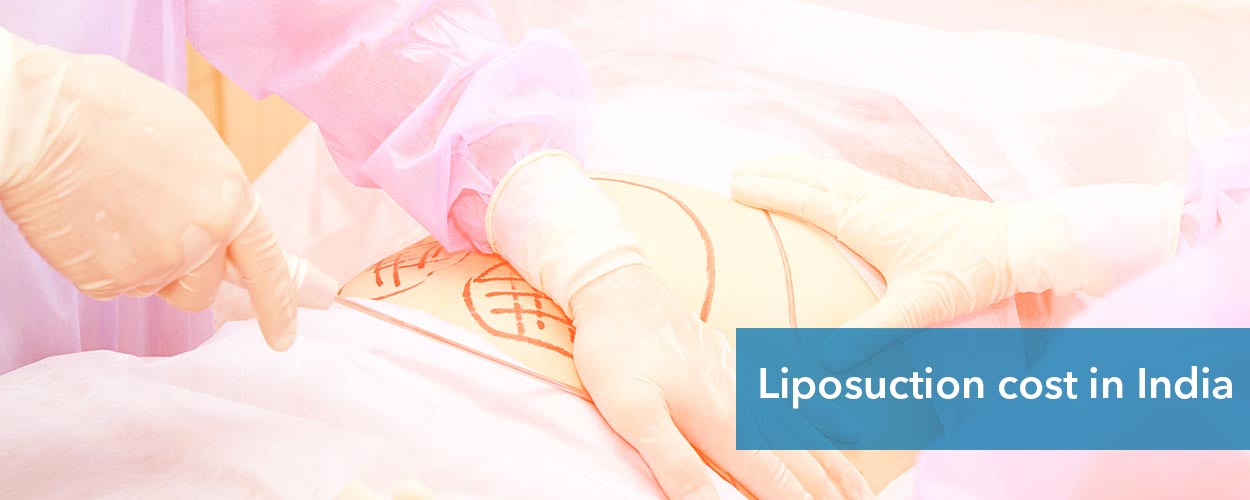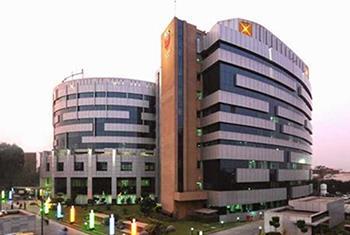Liposuction in India
India is a magnet in the medical travel industry, receiving a large influx of patients from different parts of the world every year. Plastic and cosmetic surgery in India has become popular over the years, owing to the excellent quality of treatment and low price packages. Liposuction is one of the most commonly performed cosmetic procedures and is offered in hospitals in several major cities.
The top hospitals for liposuction surgery in India are reputed medical facilities that are accredited by national and international organizations for their standard of clinical care. These hospitals are equipped with the latest medical devices and cutting-edge technology in the field of plastic surgery. They regularly cater to international patients from various countries.
The international patient department at these hospitals ensures complete comfort and personalized care of the patients as well as their families. Patients from abroad can expect unparalleled hospitality services and effective treatment under the care of top experts.
The best liposuction doctors in India are highly qualified medical professionals with advanced degrees and training in the area of their specialization. They have vast experience of performing various kinds of cosmetic surgeries, with a record of high success rate and patient satisfaction rate. Apart from their skills and knowledge, they are also well-known for their compassionate and patient-friendly approach.
Another key driving factor is the liposuction surgery cost in India, which is significantly lower when compared to other nations, especially in the West.
An international patient can save a considerable amount of money if they plan their liposuction procedure in India, without compromising on the quality of treatment. This is mainly due to currency exchange variations, availability of a number of hospitals and doctors, cheaper accommodation and living expenses.
India is a major tourist attraction, highly known for its exotic beauty, natural scenery, and rich cultural heritage. Many tourists plan to visit the country for holidays and get cosmetic treatment during that time only. This further helps them save on money and provides a healing environment for recovery.
To know more about liposuction procedures in India, or book an instant appointment at the top hospital, share your query with us at care@lyfboat.com. Lyfboat is an accredited organization with a vision to make quality medical care accessible to all. It offers international a platform to connect with healthcare and other experts in the relevant field to expedite their medical requirements.
Our team will assist you throughout the process, from visa application and travel management to arranging accommodation, booking appointments and coordinating the treatment. We provide our patients with a detailed treatment plan with comparative cost analysis and reliable quotes from different hospitals and doctors.








